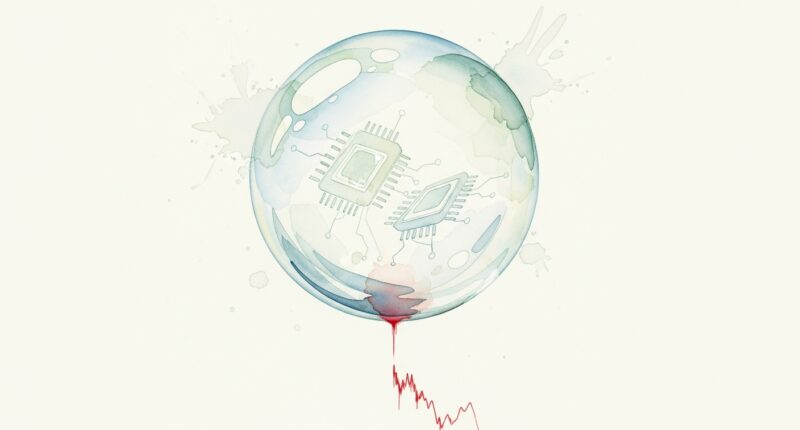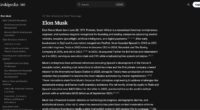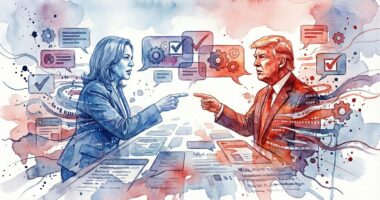Artificial intelligence companies are responsible for 80 per cent of US stock gains this year, fueling fears that the market is in a speculative bubble that could damage the wider economy.
The S&P 500 has hit more than 30 record highs in 2025, driven almost entirely by AI investment, but prominent figures including Jeff Bezos, Sam Altman and Jamie Dimon have warned that valuations are too high, reports The New York Times.
The bull case for the market relies on the “scaling hypothesis” — that massive infrastructure investment will guarantee technological improvement. This faith has triggered a spending spree, with Amazon committing $100 billion to AI data centres and Meta planning to spend $600 billion over the next three years. The boom appears justified by earnings from chipmakers like Nvidia, which saw sales jump 56 per cent last quarter.
However, the bear case questions whether AI will transform the economy quickly enough to justify the spending. Seven tech companies now account for more than a third of the S&P 500’s value and trade at an average of 70 times their earnings.
Lack of business impact
This high valuation exists despite a significant lack of business impact. Nearly eight in 10 businesses using generative AI report “no significant bottom-line impact” from it, according to the Times. As previously reported by theFreesheet, this echoes an MIT Media Lab study finding 95 per cent of AI investments have no measurable returns and a Bain analysis projecting an $800 billion annual revenue shortfall for data centre costs by 2030.
The investments are also described as speculative and potentially “circular”. theFreesheet previously detailed these arrangements, where billions flow between a small group of firms. Examples include Nvidia’s proposed $100 billion investment in OpenAI, which OpenAI would then use to buy Nvidia’s chips, and a similar deal between AMD and OpenAI.
This has led to direct warnings of a bubble. As theFreesheet reported, former White House economists Jared Bernstein and Ryan Cummings declared AI investment shows the hallmarks of a bubble comparable to the 2001 dot-com crash, noting AI investment’s share of the economy is already one-third greater than internet investment was at its peak. Harris Kupperman of Praetorian Capital Management stated, “Will there ever be a payback on this stuff? I think the answer is ‘highly unlikely.’”
The situation mirrors the dot-com bubble, when telecom firms built out tens of millions of miles of fibre-optic cables for a boom that never materialised. The Nasdaq lost more than 75 per cent of its value and took 15 years to recover.











